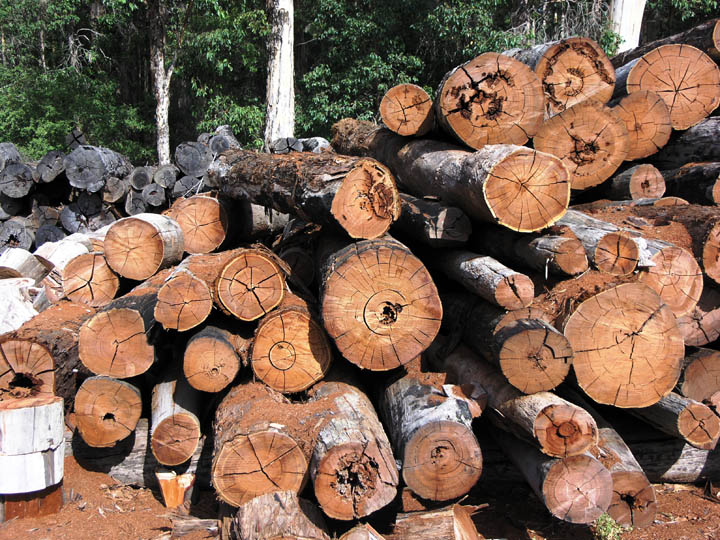Forest Cutting Plan

Description
A Forest Cutting Plan is required for all harvesting operations in Massachusetts and must include descriptions of the BMPs proposed to control soil erosion and prevent nonpoint source pollution problems.
Massachusetts General Laws Chapter 131 (The Wetland Protection Act) and Chapter 132, section 40-46 (The Forest Cutting Practices Act) require BMPs to control nonpoint source pollution from forest harvesting operations.
A Forest Cutting Plan must be submitted to the state 10-days prior to starting the harvesting operation. A properly filed, approved, and followed Forest Cutting Plan provides an exemption to the normal filing requirements of the Wetlands Protection Act. DCR Service Foresters review and approve Forest Cutting Plans for operations on private lands.
Requirements of a Forest Cutting Plan
- A Forest Cutting Plan must include a description of the erosion control measures to be used. The Forest Cutting Plan map must show the proposed location of all truck roads, principal skid roads, stream and wetland crossings, as well as the general location of appropriate erosion control measures such as filter strips.
- Operating on sustained slopes of 30% or more for a slope distance of 200 feet or greater requires the indication of these Steep Slope areas on the Forest Cutting Plan map. Special care must be taken to prevent erosion from roads, skid roads, and trails by closely following erosion control practices such as water bars to stabilize these areas during and after the operation. Specific measures to be used to control erosion in these areas must be detailed in the Plan.
- No logging equipment may operate in a filter strip except: to reduce environ- mental damage shown to be necessary in a statement in an approved Forest Cutting Plan, at an approved stream crossing, on a pre-existing logging road, or in filter strips greater than 50 feet in width, beyond 50 feet from the water body. In this case, equipment can operate beyond 50 feet of the waterbody, as long as no principal skid road is located there, disturbance of the forest floor is minimized, and any disturbed soil is promptly stabilized.
- MA Slash Law requirements pertain to and should be considered in the planning phase before the cutting begins.
- Upon approval of the submitted Forest Cutting Plan, post the certificate at the landing of the job.
- Operators are required to have a copy of the approved Forest Cutting Plan on the job site.
- An approved Forest Cutting Plan is valid for up to two years from the date of receipt at the DEM regional office. Two one-year extensions may be granted for adequate reasons, at the discretion of the Director or the Director’s agent, when requested in writing by the landowner or the landowner’s Agent at least 30 days before the expiration date of the Plan. All logging, engineering, and stabilization requirements of the Plan must be fulfilled by the completion of the operation or by the expiration date, whichever is sooner.
References
Kittredge Jr., D. B. and M. Parker. 1995. Massachusetts Forestry Best Management Practices Manual. MADEP and USEPA-Region 1, Water Division, Water Quality Section.
MADEP. 2001. The Massachusetts Unpaved Roads BMP Manual. Project 98-06/319. USDA. 2002. Massachusetts Forest Resource Fact Sheet. Northeastern Area - State and Private Forestry.
USEPA. 1993. Polluted Runoff (Nonpoint Source Pollution): Guidance Specifying Management Measures for Sources of Nonpoint Pollution in Coastal Waters. EPA-840-B-93-001c. Office of Wetlands, Oceans, and Watersheds.
http://www.epa.gov/owow/nps/MMGI
USEPA. 1995. Polluted Runoff (Nonpoint Source Pollution): Planning Considerations for Roads, Highways, and Bridges. EPA-841-F-95-008b. Office of Water.